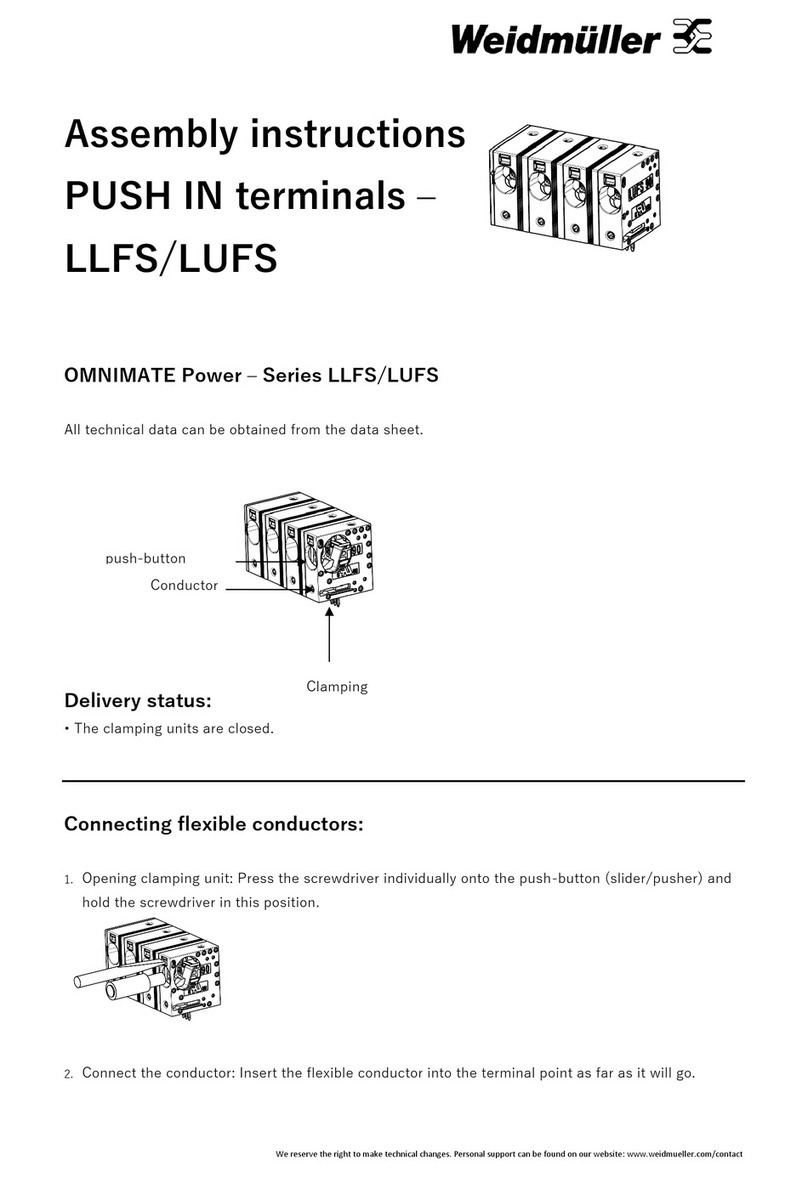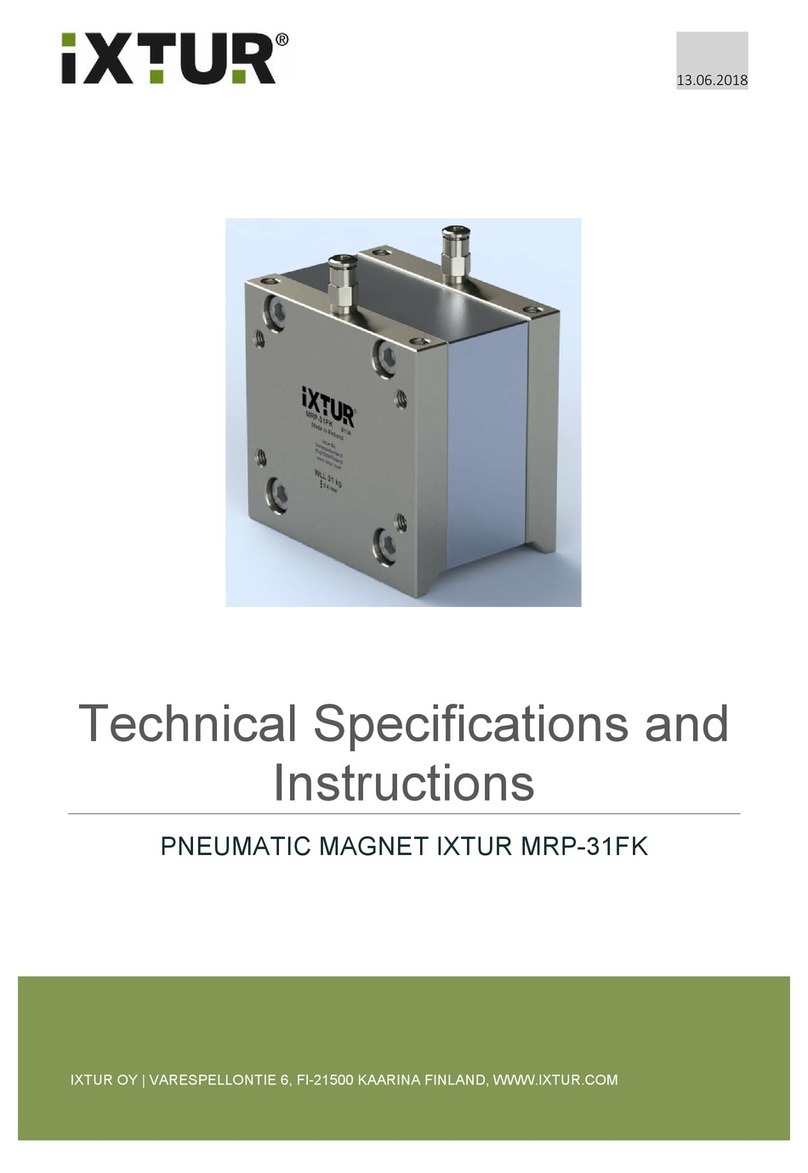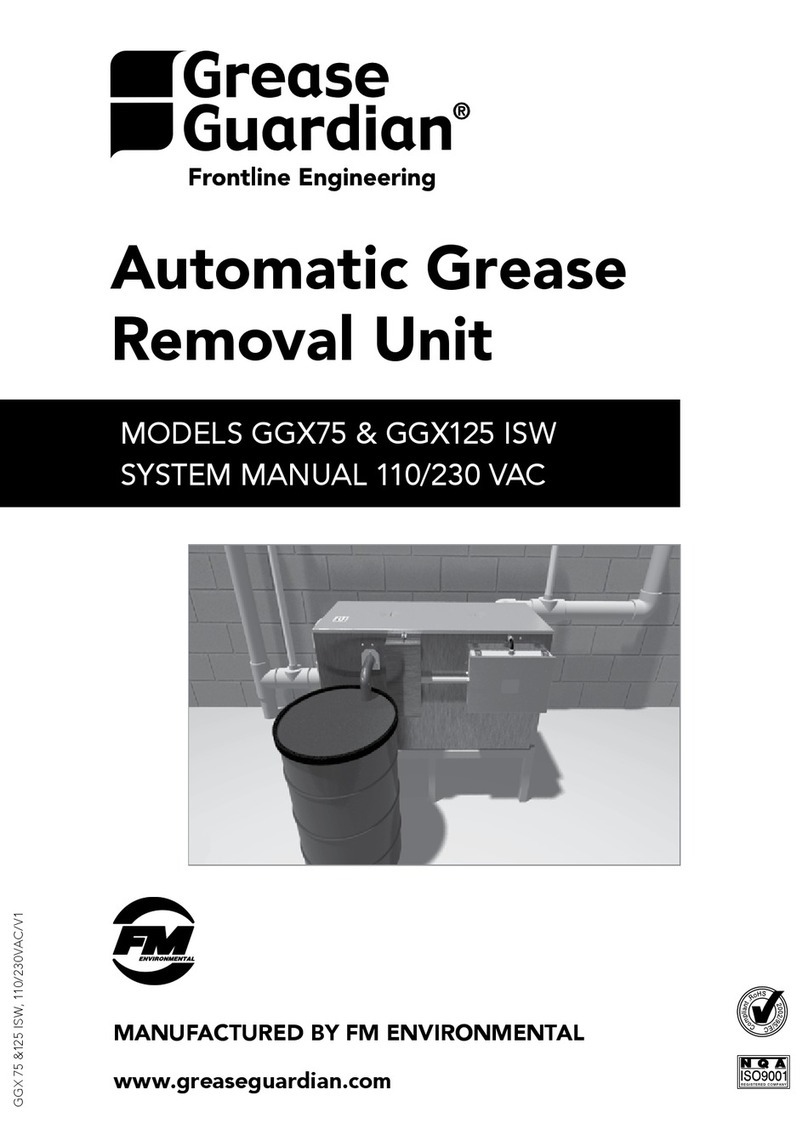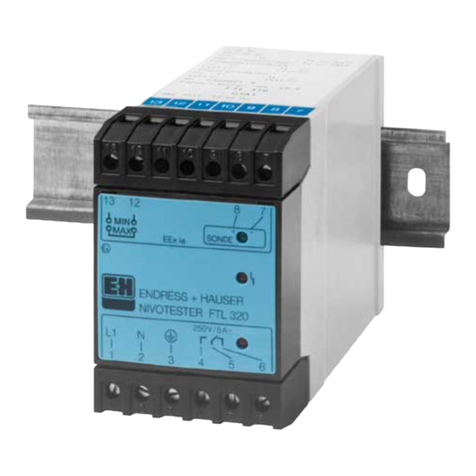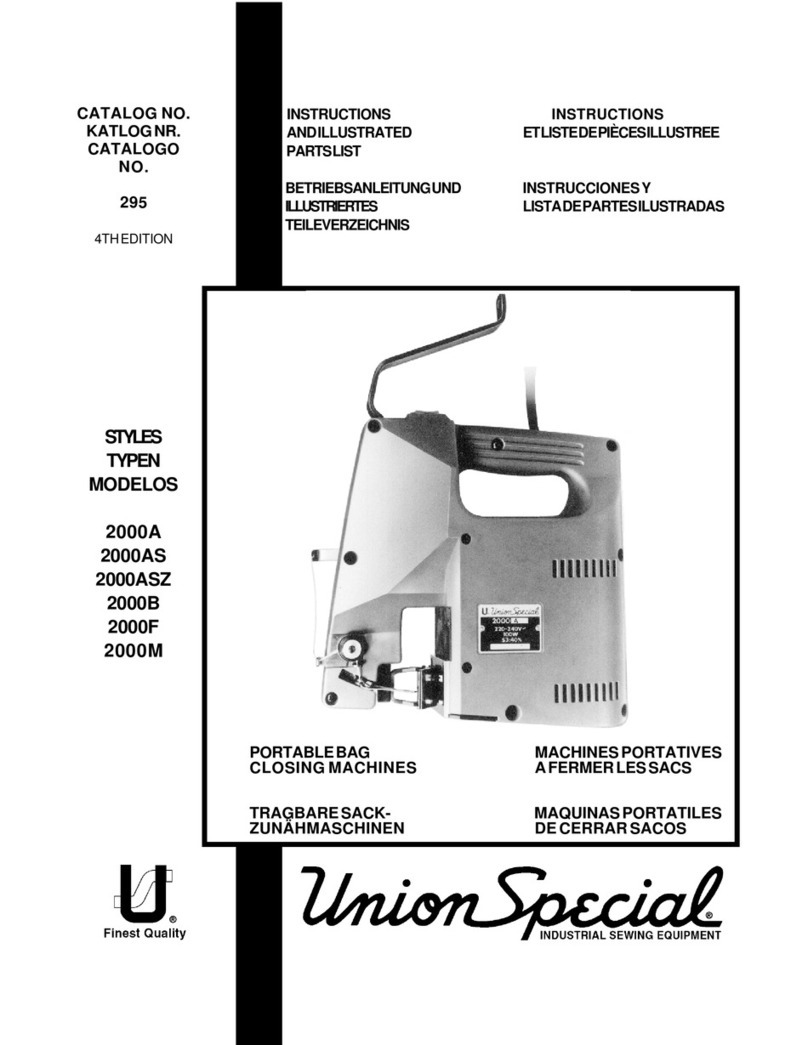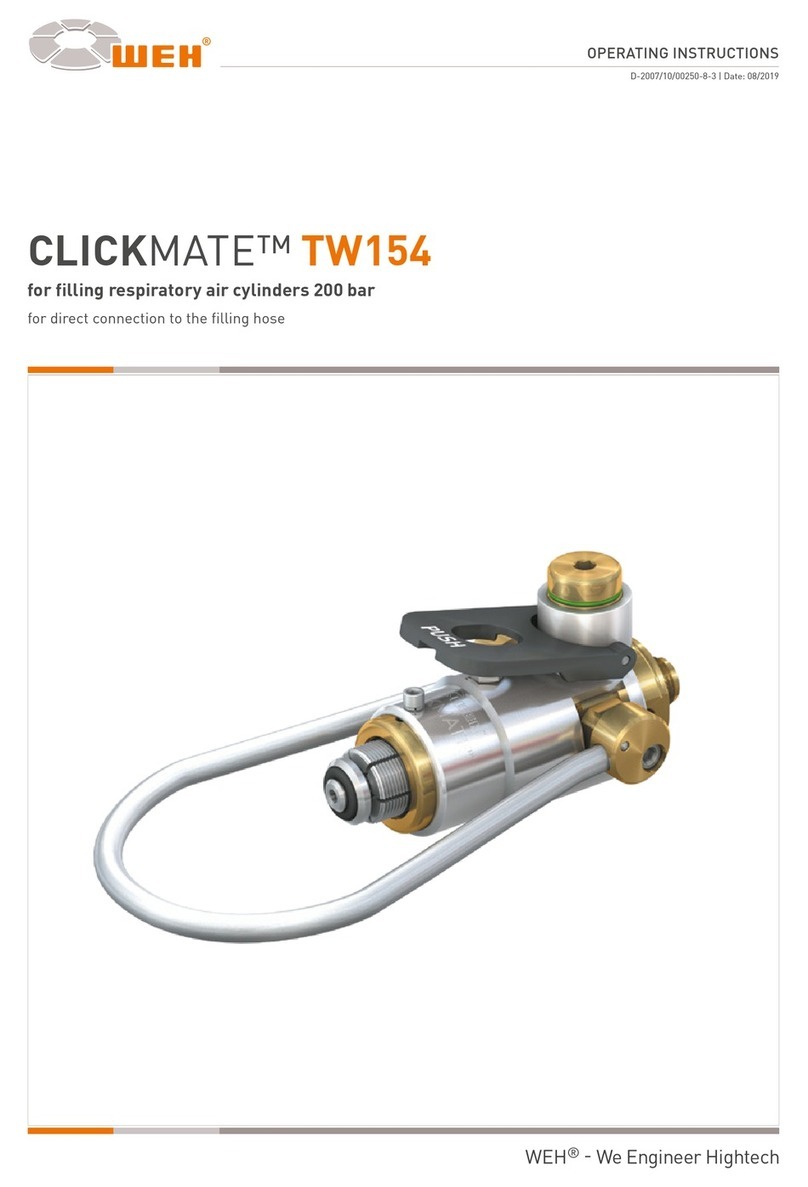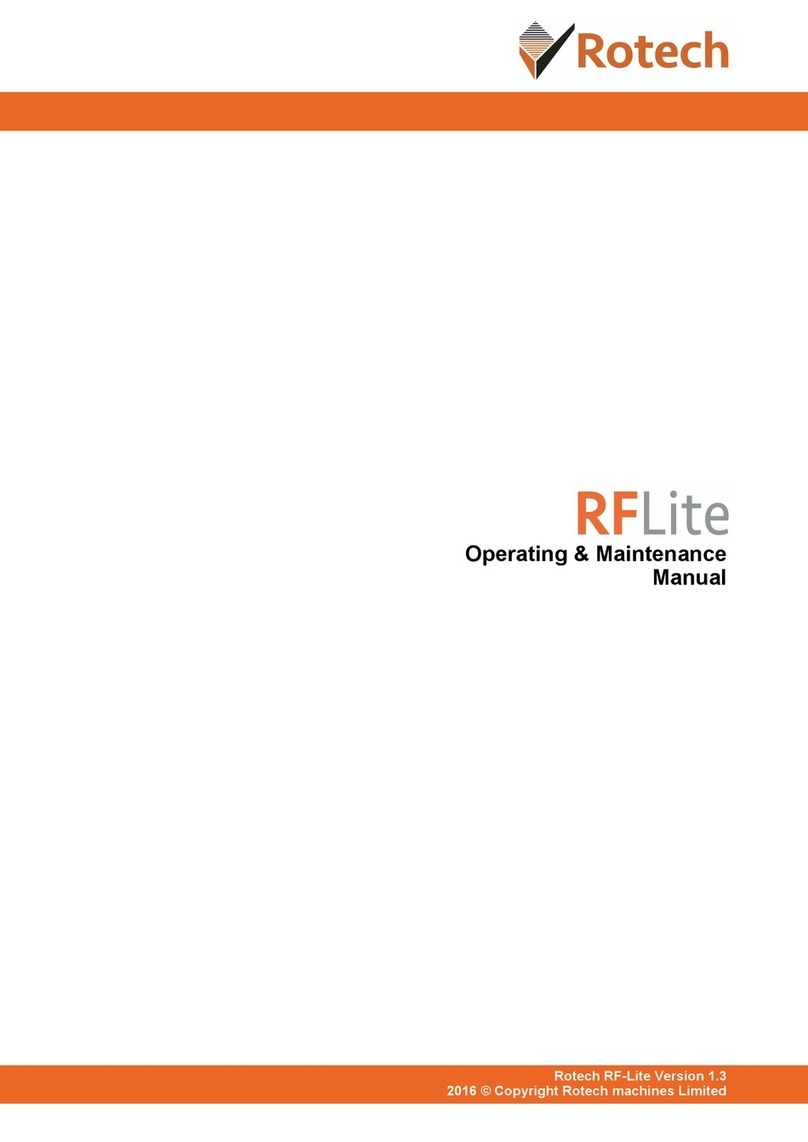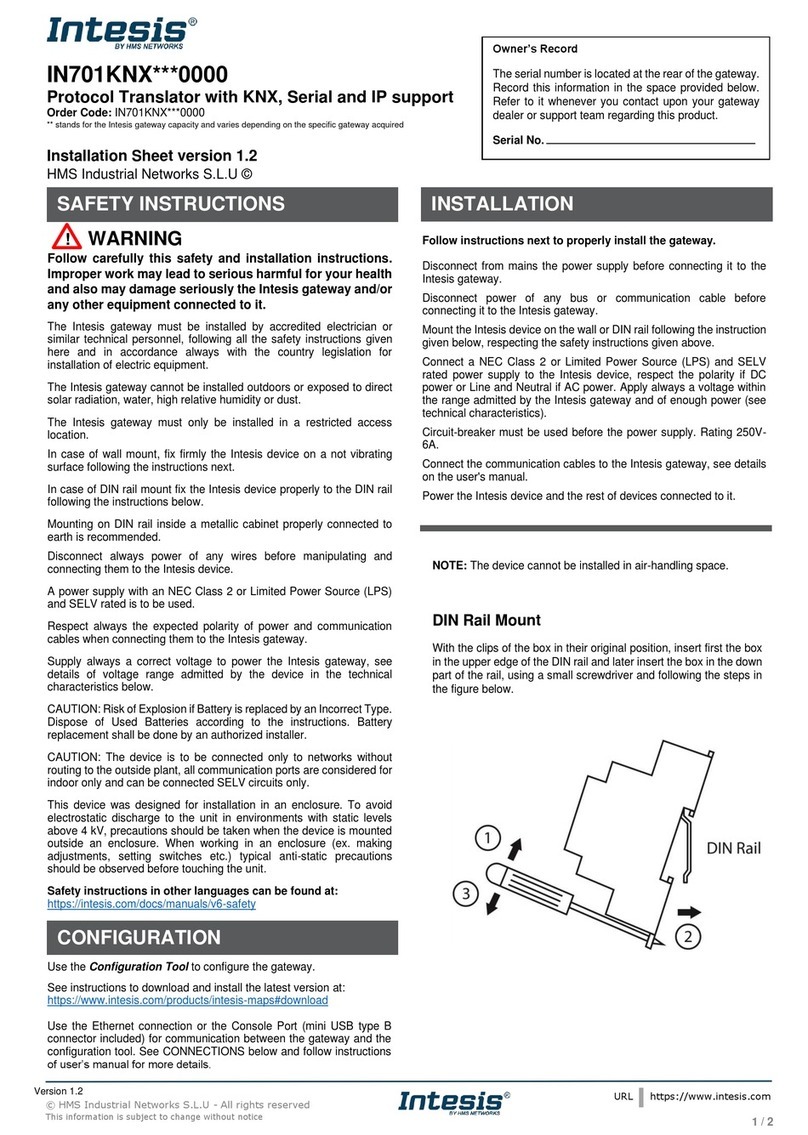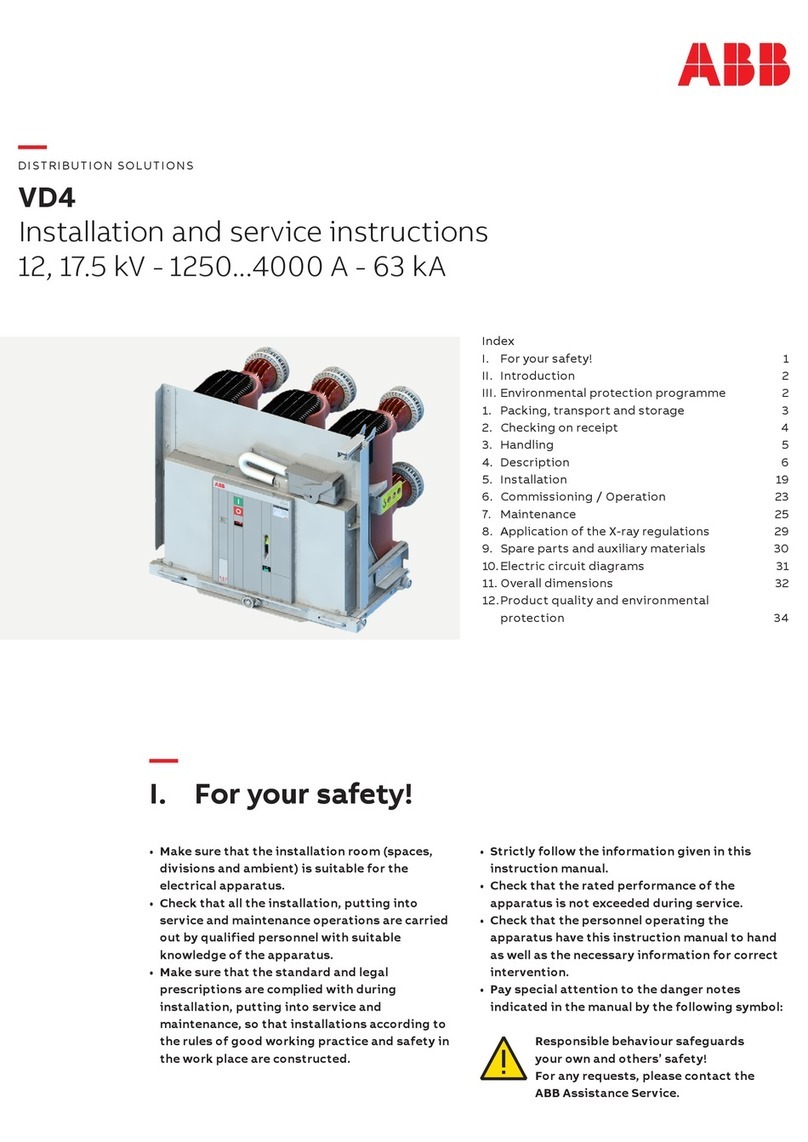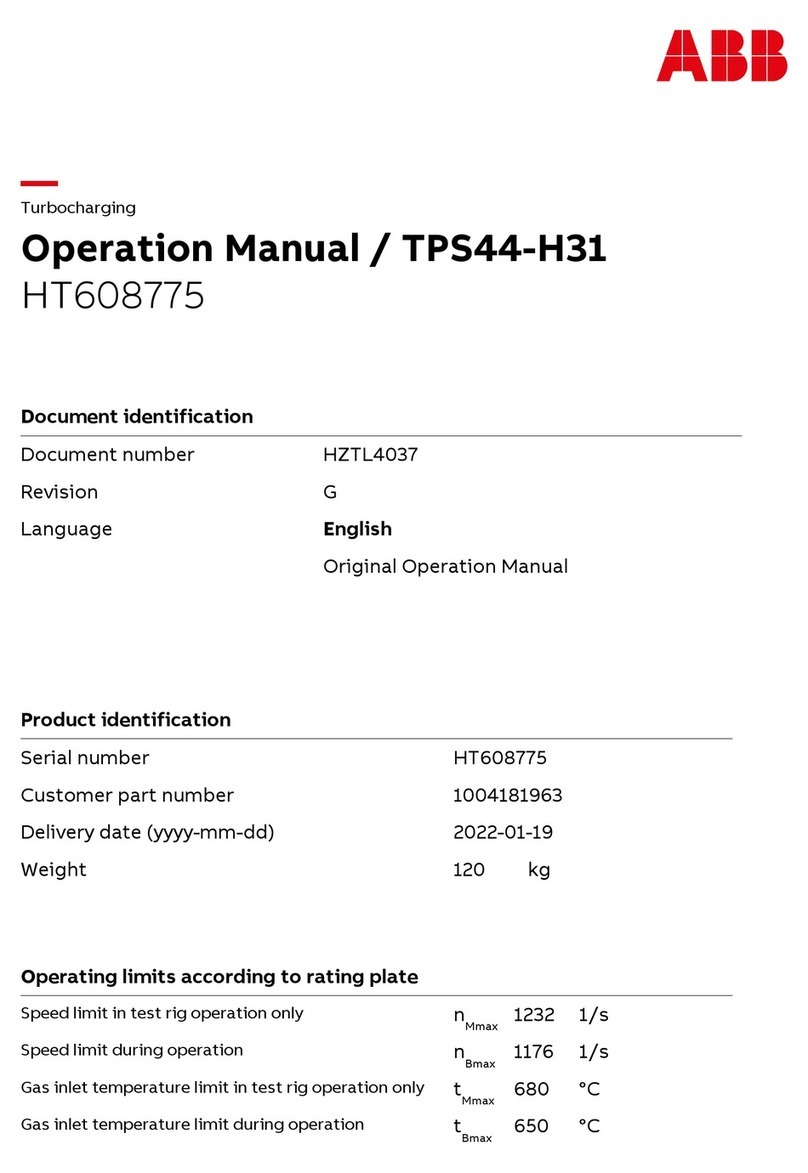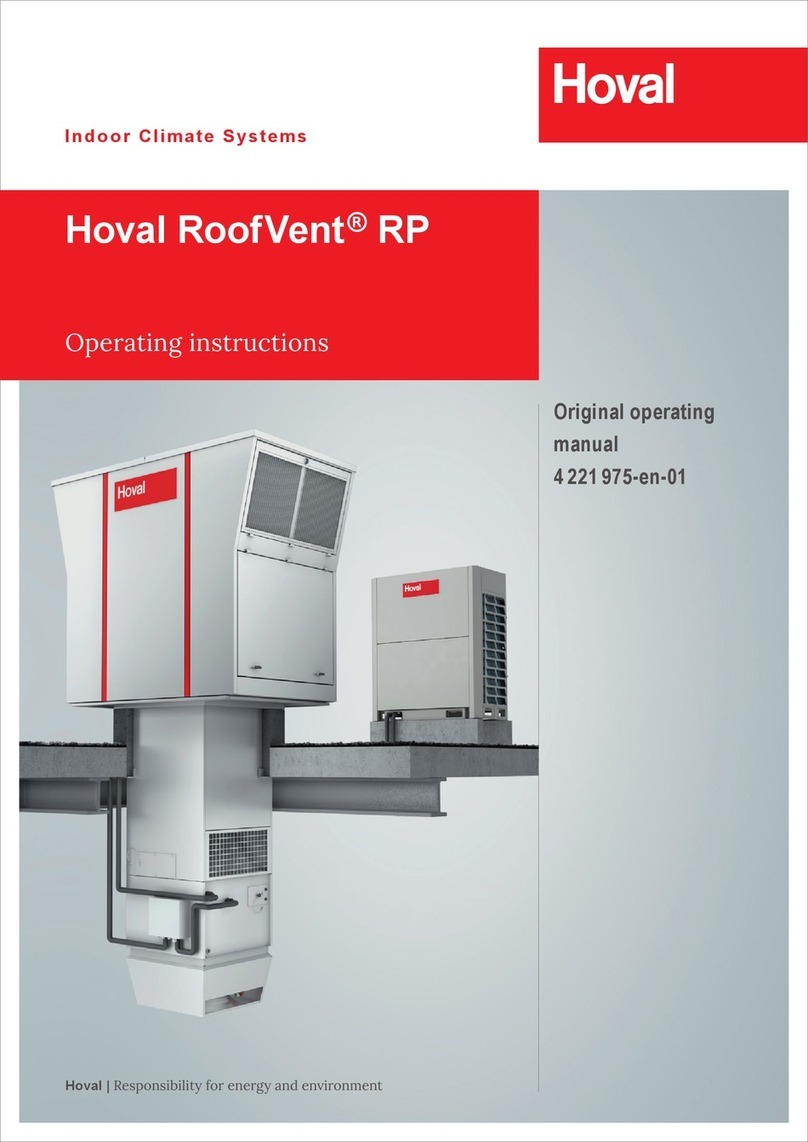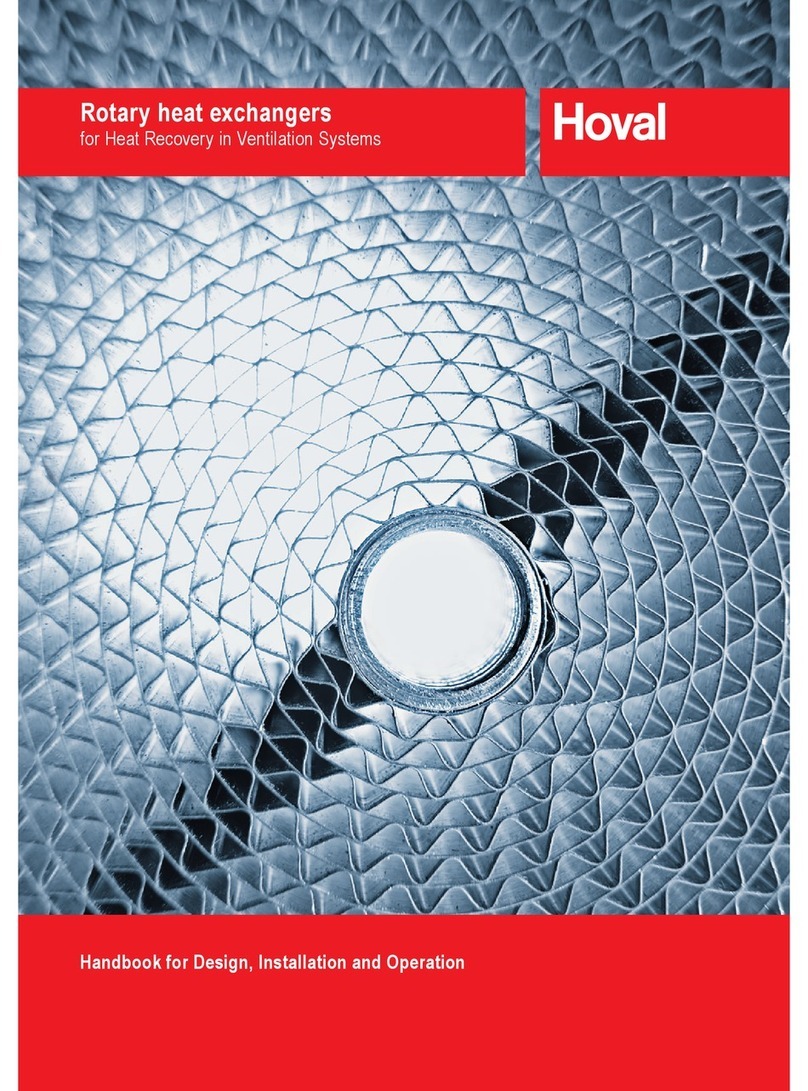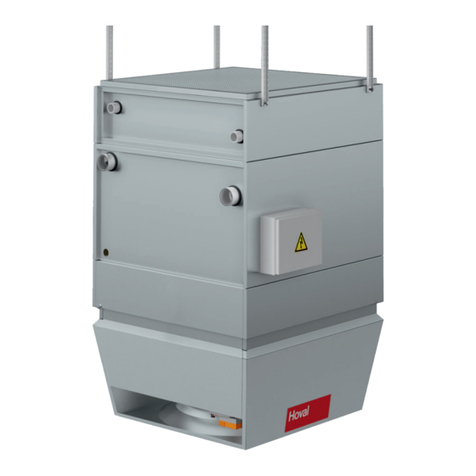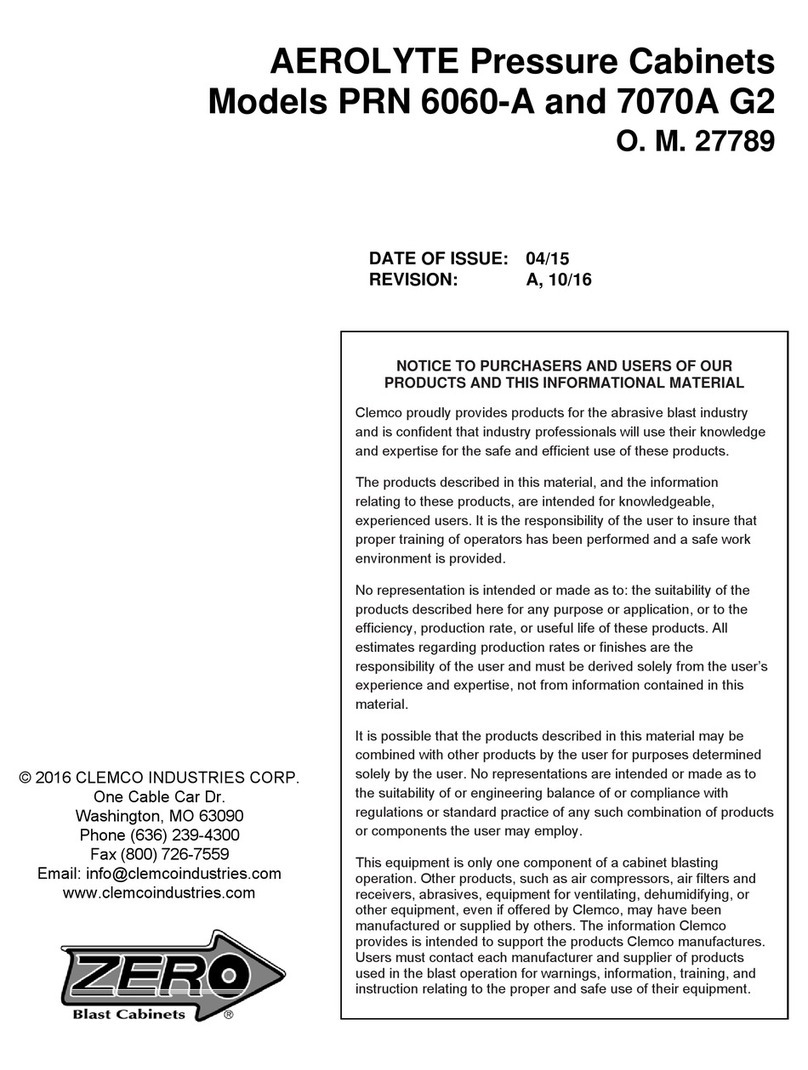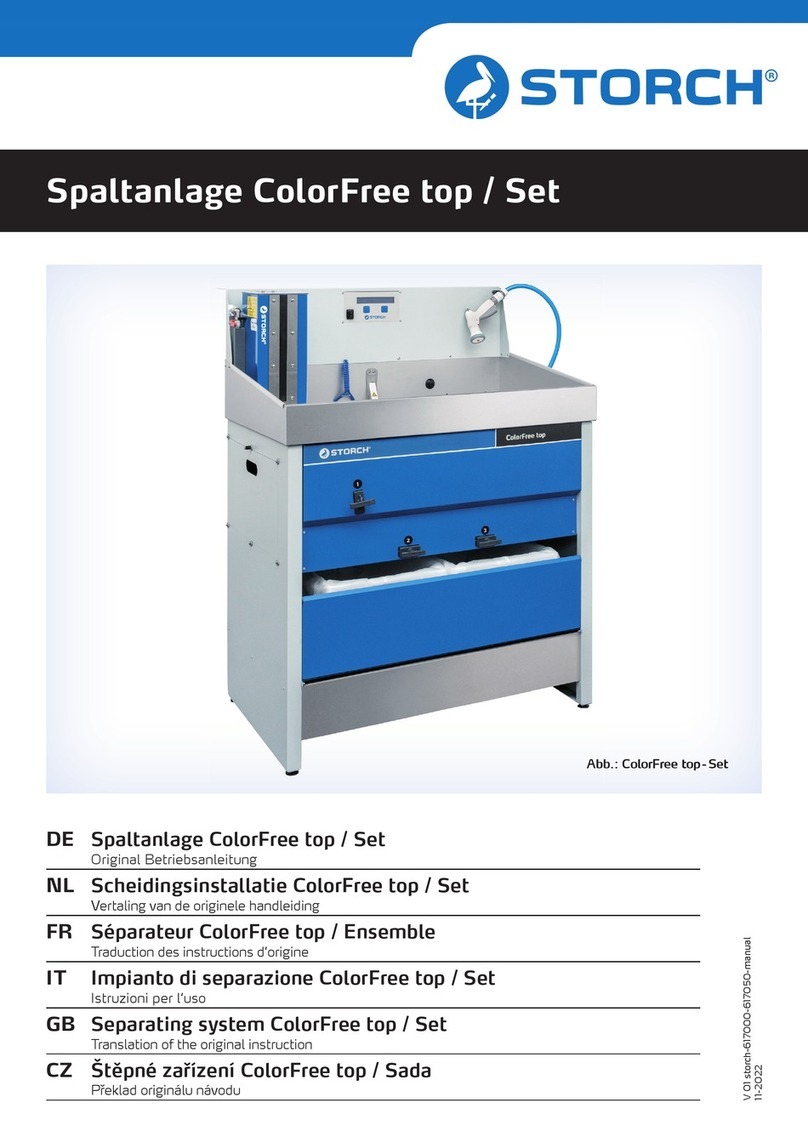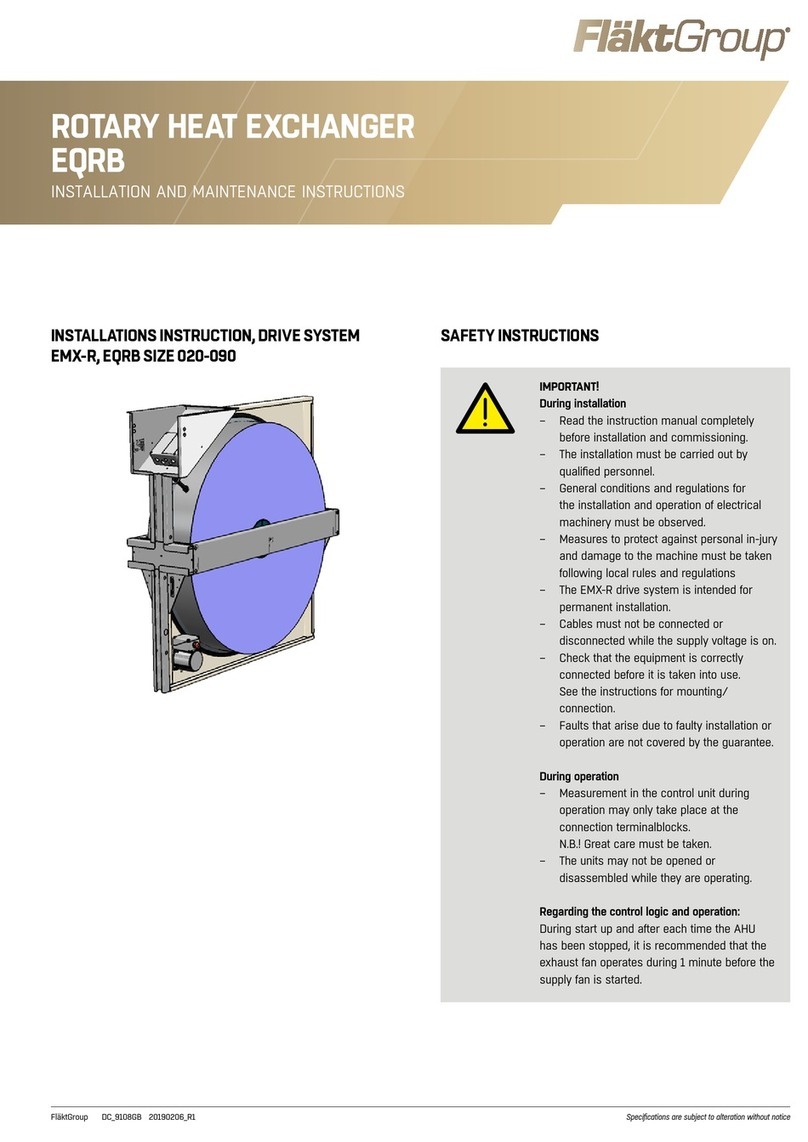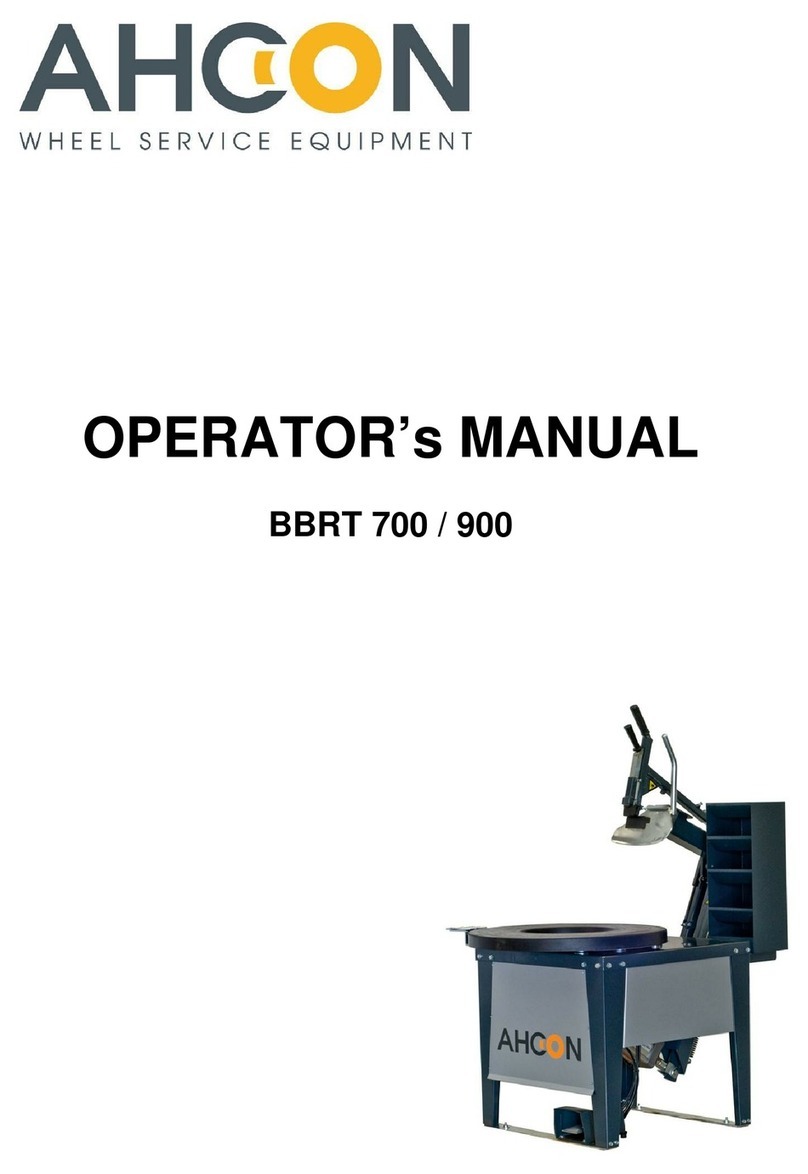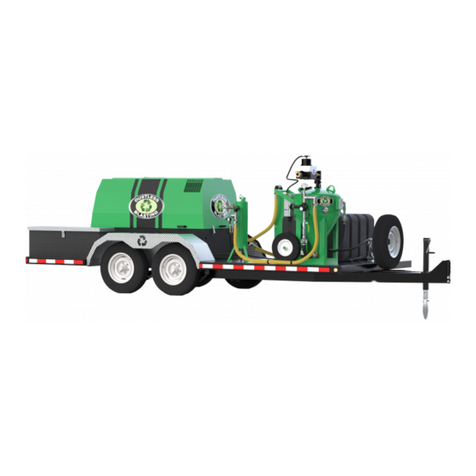
1 Use 3
1.1 Intended use .................................................................. 3
1.2 User group..................................................................... 3
2 Safety 4
2.1 Symbols......................................................................... 4
2.2 Operational safety.......................................................... 4
3 Delivery 5
3.1 Scope of delivery ........................................................... 5
3.2 Identication and test..................................................... 6
3.3 Storage .......................................................................... 6
4 Tools and aids 6
5 Lifting the exchanger 7
5.1 Lifting exchangers on pallets.......................................... 7
5.2 Lifting exchangers with SM casing................................. 7
5.3 Lifting exchangers with SP casing.................................. 8
5.4 Lifting exchangers with PR casing ................................. 9
5.5 Lifting wheels without casing........................................ 10
6 Installation of segmented exchangers 11
6.1 Casing...........................................................................11
6.2 Radial walls.................................................................. 14
6.3 Storage mass............................................................... 16
6.4 Purge sector ................................................................ 20
6.5 Seal ............................................................................. 22
6.6 Drive system ................................................................ 23
7 Installation in the air handling unit 26
7.1 Requirements for the installation site ........................... 26
7.2 Vertical installation ....................................................... 26
8 Electrical connection 27
9 Commissioning 28
9.1 Checklist ...................................................................... 28
9.2 Monitoring work after 2 weeks...................................... 28
10 Maintenance and repair 29
10.1 Maintenance schedule ............................................... 29
10.2 Cleaning..................................................................... 29
10.3 Spare parts ................................................................ 29
10.4 Replacement of the brush seal................................... 29
10.5 Replacement of the V-belt.......................................... 30
10.6 Repair ........................................................................ 30
2
Rotary heat exchangers
Instructions for installation, commissioning and maintenance
4 219 613-en-00 4 219 613-en-00
Content




















